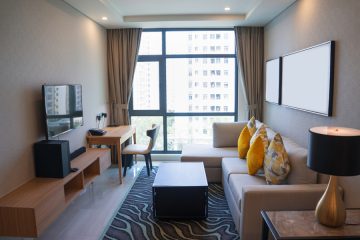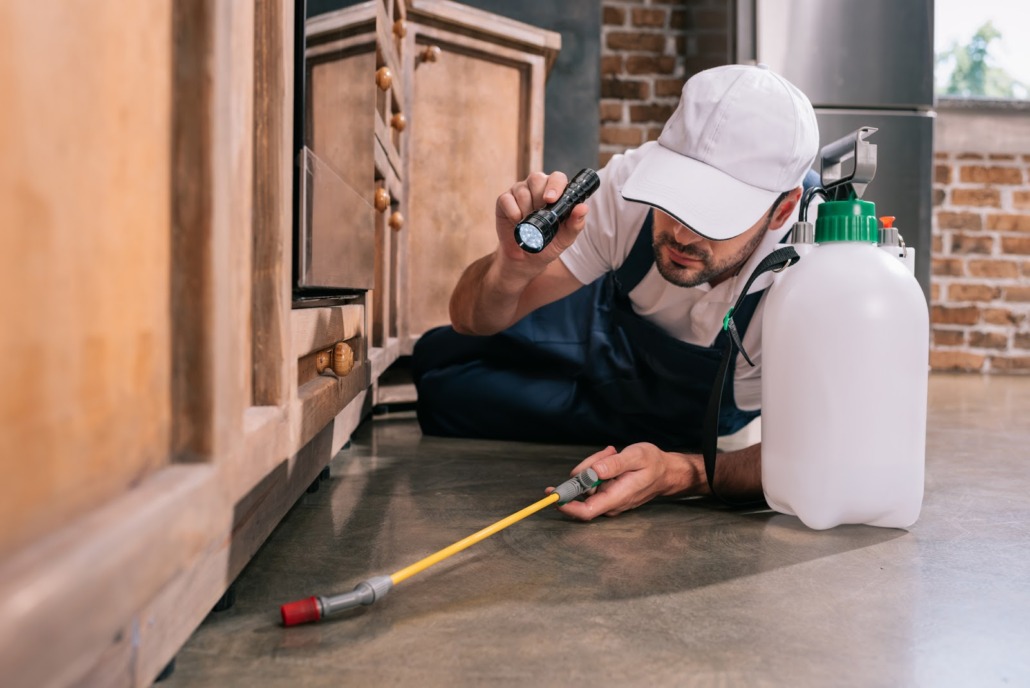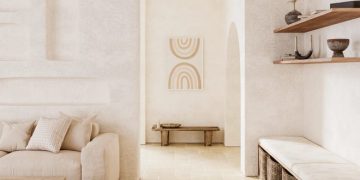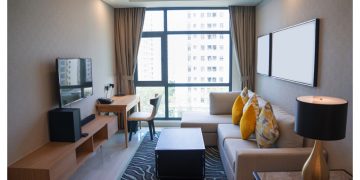The Benefits of Resilient Flooring in Commercial and Residential Projects
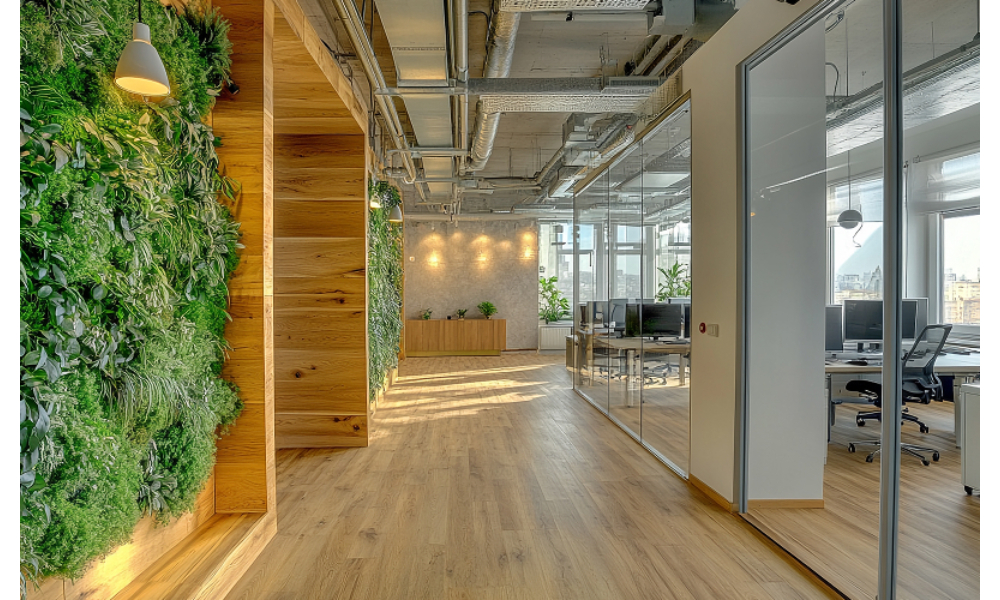
Flooring is a crucial aspect in the functionality and design of any building, whether commercial or residential. Selecting the right material impacts durability, maintenance, and overall cost-effectiveness. For architects, designers, and most homeowners, resilient flooring is a favoured option due to the versatility and practicality it offers. In addition to comfort and strength, it aligns with the growing emphasis on sustainable construction, making it a preferred choice for modern projects.
Durability and Long-Term Performance
One of the main advantages of resilient flooring is its ability to withstand heavy use while maintaining its appearance. In commercial spaces such as offices, retail outlets, and healthcare facilities, high foot traffic can quickly wear out traditional flooring materials. Resilient options, however, are engineered to resist scratches, stains, and general wear, ensuring that the space remains presentable over time, reducing the need for frequent replacements and lowering long-term costs for businesses.
In residential settings, resilient flooring is equally effective. Families with children or pets benefit from a surface that is durable and easy to clean. Spills, scuffs, and daily activity do not damage the flooring as easily as other materials, which makes it a practical investment for households. Its resilience ensures that homes maintain both style and functionality without extensive upkeep.
Comfort and Versatility in Design
Resilient flooring is designed to provide comfort underfoot, making it a popular choice in environments where people spend long hours standing or walking. This feature is particularly valuable in workplaces such as hospitals and schools, where comfort can directly affect productivity and well-being. The material also provides a level of sound absorption, creating quieter environments that enhance the user experience.
From a design perspective, resilient flooring offers a wide range of styles, colours, and finishes that can replicate the look of wood, stone, or ceramic. This versatility allows designers and homeowners to achieve the desired aesthetic without compromising on durability. Whether for a sleek modern office or a warm residential interior, resilient flooring adapts to diverse design preferences.
Sustainability and Environmental Benefits
With the construction industry placing greater focus on environmental responsibility, resilient flooring plays a role in supporting sustainable construction. Many manufacturers produce flooring using recycled content and low-emission materials, reducing the environmental footprint. Additionally, the long life cycle of resilient flooring means fewer replacements are required, minimising waste over time.
Sustainability also extends to the health of building occupants. Resilient flooring often meets strict indoor air quality standards, contributing to safer living and working spaces. For organisations pursuing green building certifications, selecting resilient flooring can support compliance with sustainability requirements while still delivering practical performance.
Cost-Effectiveness and Practical Advantages
The cost benefits of resilient flooring are another reason for its widespread use. While initial prices may vary depending on the specific product, the long-term savings are significant. Reduced maintenance, durability, and fewer replacements translate into lower overall expenses for building owners, making resilient flooring an economical option for large commercial projects as well as family homes.
Practicality also comes from its ease of installation and maintenance. Contractors appreciate that resilient flooring can be installed efficiently, saving time on projects. Once in place, the flooring requires only basic cleaning to stay in good condition. For businesses, this minimises disruptions, while homeowners benefit from a low-maintenance solution that fits seamlessly into daily life.
5 Key Benefits of Resilient Flooring
Resilient flooring provides a number of advantages that appeal to both commercial and residential users:
- Durability that withstands heavy foot traffic.
- Comfort underfoot with sound-absorbing properties.
- Versatility in design, with options resembling natural materials.
- Sustainability through eco-friendly production and longevity.
- Cost-effectiveness thanks to low maintenance and long-term value.
These benefits demonstrate why resilient flooring has become a practical choice for modern projects that demand performance and sustainability.
Conclusion
Resilient flooring combines durability, comfort, and versatility with the added advantage of supporting sustainable construction. Whether used in a busy office or a family home, it delivers long-term value while meeting modern design expectations. For businesses and homeowners alike, resilient flooring is an investment in style, performance, and sustainability.
Upgrade your project with durable and sustainable flooring. Contact Mapei Far East for resilient flooring solutions that meet both performance and environmental goals.

